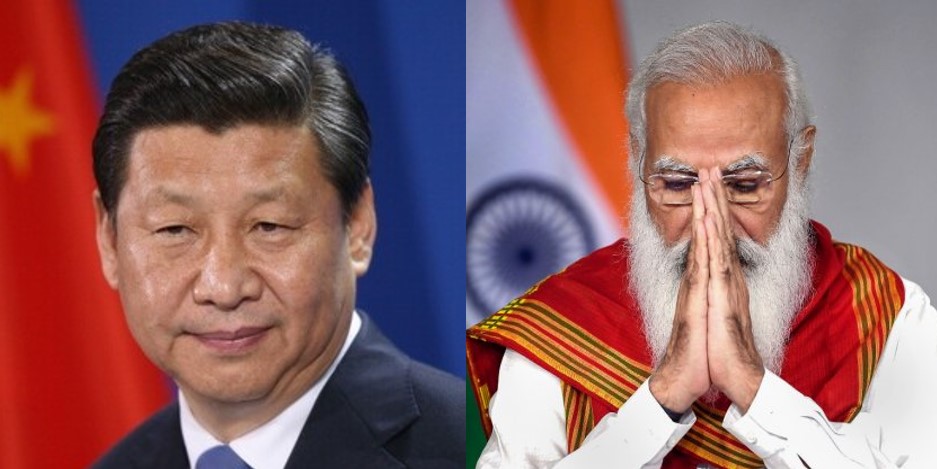NewsGate Press Network
By Sachidananda Murthy
The reluctance of Chinese President Xi Jinping to travel outside his country dashed the chances of a meeting with Prime Minister Narendra Modi at the United Nations General Assembly in New York, the G20 summit in Rome or the Conference of Parties on Climate at Glasgow, where heads of government gathered in big numbers.
Xi has shut himself in ever since the pandemic began compared with other global leaders who have travelled out at least once, like Russian President Vladimir Putin, who went to Geneva for a summit with US President Joe Biden. Top diplomats feel that even if Xi had attended these summits, he would have avoided meeting Modi, as Indian armed forces have got integrated with their counterparts in the Quadrilateral Security Dialogue (Quad).
Further, Modi participated in two Quad summits; one virtually and then the physical summit in the US. China strongly protested military exercises held by India, the US, Japan and Australia. If Xi was present at these summits, it would have needed the intervention of a Good Samaritan leader to bring the leaders of the two most populous countries across the table.
Putin has a good rapport with Modi and Xi, but Russia was interested in a meeting between Indian foreign minister S. Jaishankar and his Chinese counterpart Wang Yi in Moscow. The two ministers have also spoken on the phone with each other on the Ladakh intrusion by Chinese troops.
Yi was present in Rome as the leading Chinese representative for the G20 summit, while Jaishankar was the leading member of the Indian delegation. But there was no reaching out from either side. However, Modi who had bilateral discussions with more than a dozen leaders, did discuss the situation with some. There were also questions from some on the implications of the new border agreement between Bhutan and China that has been a sequel to the Chinese army muscling in on Bhutanese territory, which led to the Doklam standoff in 2017.
The announcement in October that the two Himalayan neighbours will have a three-step “roadmap” to speed up negotiations on demarcation of the disputed boundaries had sparked off fears in the strategic community that Thimphu, which always depended on New Delhi, was opening a big door for Beijing. But both the defence and external affairs ministries felt there was no need for any adverse comment by the government as the Bhutanese government had taken India into confidence about the contours of the agreement. While the official Chinese media hailed the agreement as a big breakthrough, the Modi government felt there was no need even to mildly criticise the agreement.
The thirteenth round of talks between Indian and Chinese armies held at Moldo on the Chinese side of the Line of Actual Control on October 10 failed to get a commitment for the Chinese troops that had intruded into Hot Springs, Depsang and Demchok areas in Ladakh in 2020 summer. No date has been set for the next meeting, but now the mood in the Army is that the talks are not making any progress.
There is strong suggestion that the talks should be continued at the diplomatic level. Both countries have highly placed special representatives for border talks since the 1990s. Yi is the Chinese special representative, while his Indian counterpart is National Security Advisor Ajit Doval, both of whom directly report to Xi and Modi respectively. Doval and Yi can talk to each other only if they get the green signal from their supreme political bosses. But the signal from both Modi and Xi appears to be red, which means the army generals, more used to fighting, will have to keep talking in Moldo. (Courtesy THE WEEK, issue dated 14-November-2021)
Sachidananda Murthy, Resident Editor of Malayala Manorama, New Delhi, is an expert on international and national politics, and governance. He has been with THE WEEK since its launch in 1982.


Comments are closed for this post.